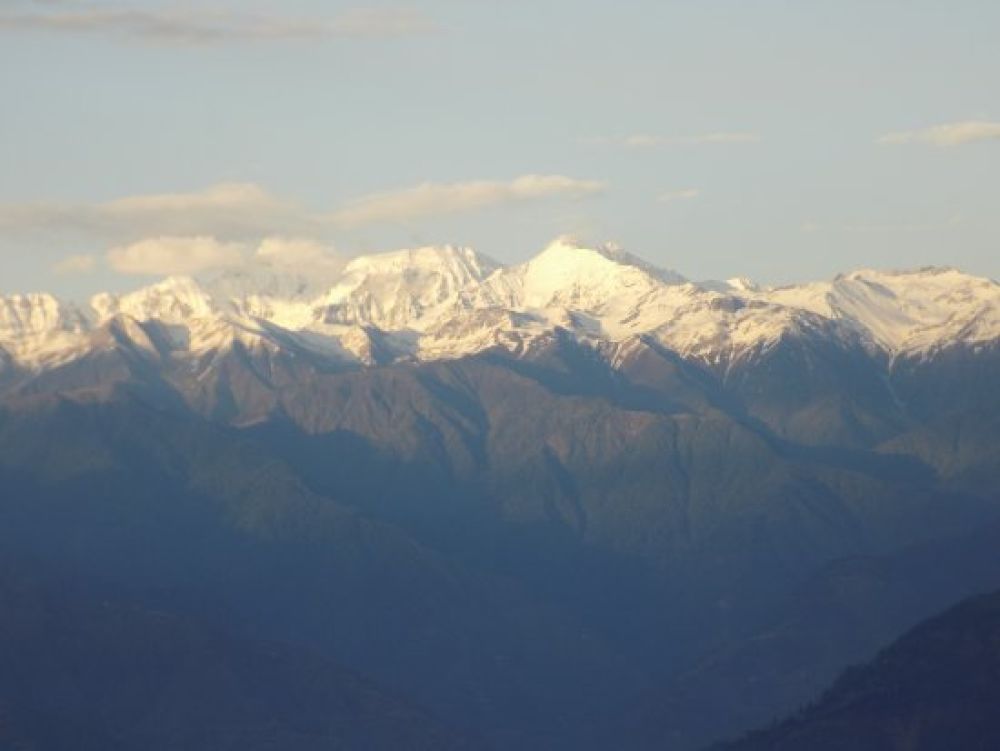

The picturesque town of Chamba, situated in the northern Indian state of Himachal Pradesh, is known for its breathtaking natural beauty and rich cultural heritage. With origins dating back to the 6th century, Chamba has a long-standing history in Indian tourism, especially for its panoramic views of the snow-clad mountain ranges, including the majestic views of the Kailash Mountain, which is believed to be the abode of Lord Shiva in Hindu mythology. The town was officially founded by Raja Sahil Varman in the 10th century when he named it after his daughter Champavati.
Tourism in Chamba gained prominence with the British colonial establishment in India. The British were drawn to the region due to its cool climate and serene environment, making it a summer retreat from the heat of the plains. Originally popular with adventurers and explorers, Chamba and the Kailash View became accessible to a wider audience with the development of road networks and the tourism infrastructure post-independence.
Over the years, tourism has played a significant role in Chamba’s economy. Attractions such as the Chamera Lake, Bhuri Singh Museum, and the Chamunda Devi Temple, along with the panoramic Kailash views, have been pivotal in drawing visitors from across the globe.
In recent times, there has been a shift towards sustainable and eco-friendly tourism in Chamba. The latest trend is to offer tourists an immersive experience that allows them to appreciate the natural beauty of Kailash View while preserving the environment. Homestays have become popular, providing visitors with an authentic local experience while benefitting the community economically.
Adventure tourism is also gaining momentum, with activities like trekking, river-rafting, and paragliding being offered. The Manimahesh Yatra, an annual pilgrimage to the Manimahesh Lake located in the vicinity of the Kailash Peak, attracts thousands of pilgrims and adventure enthusiasts every year. This trek is renowned for the spiritual experience it offers along with the scenic beauty of the Kailash View.
Moreover, the government has been promoting cultural festivals such as the 'Minjar Mela' and 'Suhi Mata Mela,' which reflect the rich traditions of the region and provide tourists an insight into the local culture and heritage.
Chamba continues to enchant visitors with its mystical Kailash views, its quaint charm, and its warm hospitality. As tourism evolves, the emphasis remains on creating a balanced approach that honors Chamba’s past while ensuring a thriving future for its tourism sector.